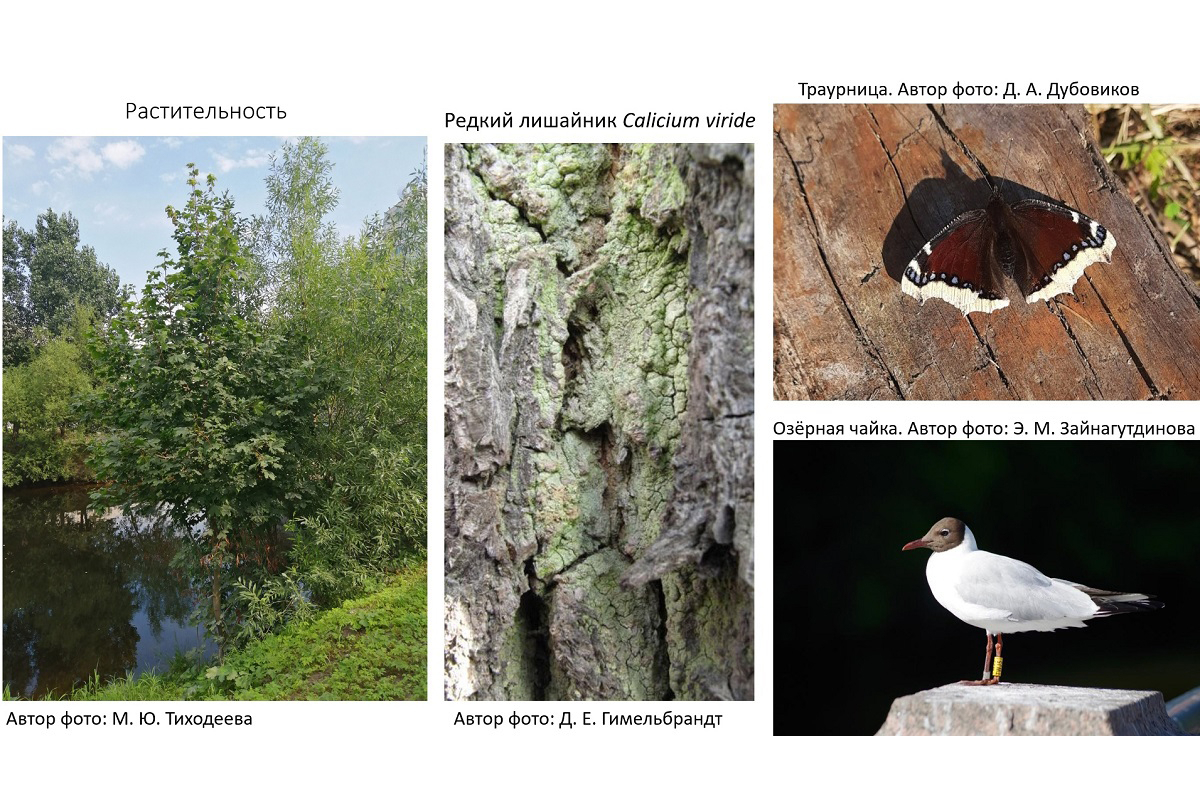St Petersburg University experts conduct comprehensive environmental assessment of riverbanks of the Smolenka and Malaya Neva rivers
Ecologists from St Petersburg University have conducted a comprehensive environmental assessment of the banks of the rivers Smolenka and Malaya Neva. The experts have identified a wide range of biotopes, from the habitat of the lichen Calicium viride, included in the Red Book of St Petersburg, to the areas in need of intervention through: riverbank stabilisation; eradication of the dangerous invasive species of Heracleum sosnowskyi; and recultivation of heavily polluted soils.

‘Our group is made up of experts in different fields, including: geomorphology; soil science; botany; and zoology to name but a few. We have explored the flora and fauna on the banks of the rivers Smolenka and Malaya Neva in order to obtain information about their current environmental state and problems. We have developed recommendations for enhancing biodiversity in this area. As part of the environmental monitoring, we have identified riverbank types and assessed the intensity of their erosion; surveyed the soils and their sanitary and ecological state; and conducted the vegetation analysis and tree condition survey. We have also studied: the flora of vascular plants and bryophytes; lichenobiota; terrestrial vertebrate fauna and the key groups of insects; and evaluated hydrobiological parameters of the water quality. The types of the riverbanks, soils and vegetation have been mapped,’ said Associate Professor Denis Mirin, Head of the Department of Geobotany and Plant Ecology at St Petersburg University.
According to Denis Minin, 47 species of trees and shrubs (both cultivated and self-sown) were identified near the Smolenka River and the Malaya Neva River. The most common species is the Norway maple (Acer platanoides). Poplar and ash trees can be also found in the area.
One of the rare species of living organisms listed in many Red Books, including the Red Book of St Petersburg — a species of lichen (Calicium viride) — was found in the survey area (within the Smolensky Cemetery). Additionally, we were able to find the lichen Candelaria concolor, which had not previously been recorded within the city borders. This, however, may be due to the fact that knowledge of the lichen biota of St Petersburg is insufficient.
Denis Mirin, Head of the Department of Geobotany and Plant Ecology at St Petersburg University
Based on the assessment results, St Petersburg University experts drew up recommendations for: reinforcing the riverbanks of the Smolenka and Malaya Neva rivers; enhancing animal and lichen diversity; monitoring invasive species; and using the area to improve ecological literacy in the local community.
The detection of the invasive species of Heracleum sosnowskyi in the survey area and methods of using naturally occurring vegetation to maintain riverbank stability have aroused great public concern.
The comprehensive environmental assessment of the flora and fauna on the banks of the Smolenka and Malaya Neva rivers was conducted within the framework of the Waterfront project, the winner of the initiative budgeting project "Tvoy Budget-2021". The survey findings have been presented at the meetings of the cycle "Nature in the city. Is it possible?".

